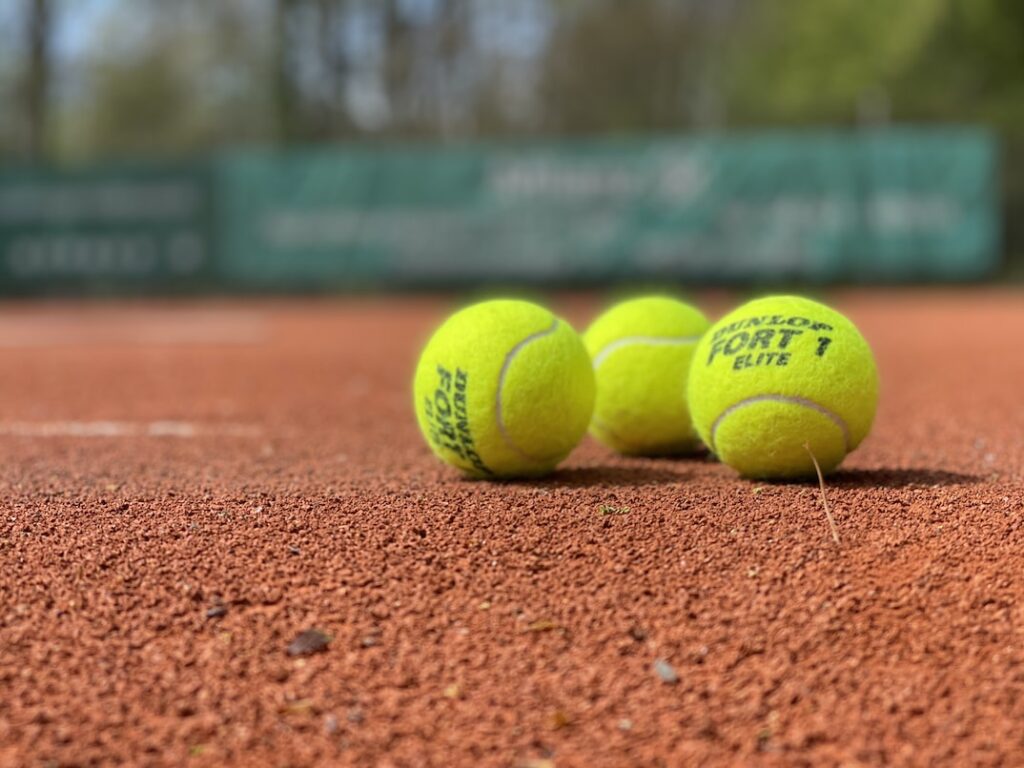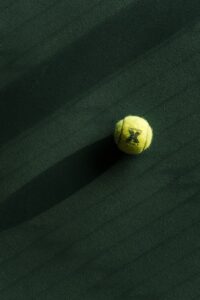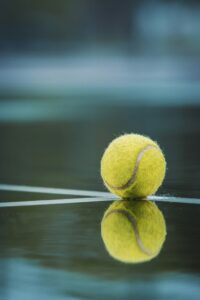The Science Behind How Humidity Affects Padel Balls
3 min read
The Science Behind How Humidity Affects Padel Balls
Padel, a fast-paced racquet sport that combines elements of tennis and squash, has been gaining popularity worldwide. Played with specially designed balls, padel requires precision and control to dominate the game. But have you ever wondered how the humidity in the air can impact the performance of these balls? Let’s dive into the fascinating science behind how humidity affects padel balls and why it matters for your game!
What is Humidity?
Before we dive into the effects of humidity on padel balls, let’s quickly understand what humidity is all about. Humidity refers to the amount of moisture or water vapor present in the air. It is influenced by factors like temperature, location, and weather conditions.
In areas with high humidity, the air is saturated with moisture, making it feel hot and sticky. Conversely, low humidity means less moisture in the air, which often leads to a dry and crisp atmosphere.
The Impact of Humidity on Padel Balls
Now that we have a grasp of what humidity is, let’s uncover how it affects padel balls and ultimately your performance on the court:
1. Ball Weight:
In high humidity conditions, padel balls tend to absorb moisture from the air. As a result, their weight increases, making them slightly heavier. This added weight can affect the overall flight and bounce of the ball, impacting your ability to control and predict its trajectory.
2. Ball Speed:
When humidity levels rise, the additional moisture absorbed by the padel ball can make it slower through the air. The increased air density caused by the moisture results in more air resistance, hindering the ball’s speed. As a player, you’ll need to adjust your timing and power to adapt to these changes.
3. Ball Bounce:
Humidity can also impact the bounce of a padel ball. In high humidity, the ball becomes softer due to the absorption of moisture. Softness affects the rebound properties of the ball, causing it to bounce lower and potentially slower than usual. This lower bounce can affect your strategy and force you to adjust your game accordingly.
Managing Humidity Effects on Padel Balls
Understanding how humidity affects padel balls is vital for players who want to maximize their performance in different weather conditions. Here are a few tips to mitigate the impact of humidity on your game:
1. Ball Maintenance:
It’s crucial to keep your padel balls dry and in optimum condition. Store them in a cool, dry place and avoid exposing them to moisture when not in use. Regularly check the balls for signs of wear and tear, as this can affect their performance.
2. Adapt Your Style:
Being aware of the changes brought by humidity allows you to adjust your playing style accordingly. Pay attention to the ball’s weight, speed, and bounce during warm-up sessions to get a feel for the conditions and modify your shots and strategies accordingly.
3. Choose the Right Balls:
Not all padel balls are created equal when it comes to handling humidity. Look for balls specifically designed to resist moisture absorption, as they can maintain their properties better in humid conditions. These balls typically have a higher durability and consistency, ensuring a more accurate and reliable game.
Conclusion
Humidity, a crucial factor in any sport played outdoors, has a significant impact on padel balls. The weight, speed, and bounce all can be affected by the level of moisture in the air. Understanding these effects allows players to adapt their strategies, make necessary adjustments, and maintain an edge on the padel court. So the next time you’re battling the humidity, remember that your padel balls are also joining the fight, and they require your attention just as much as your skill does!






